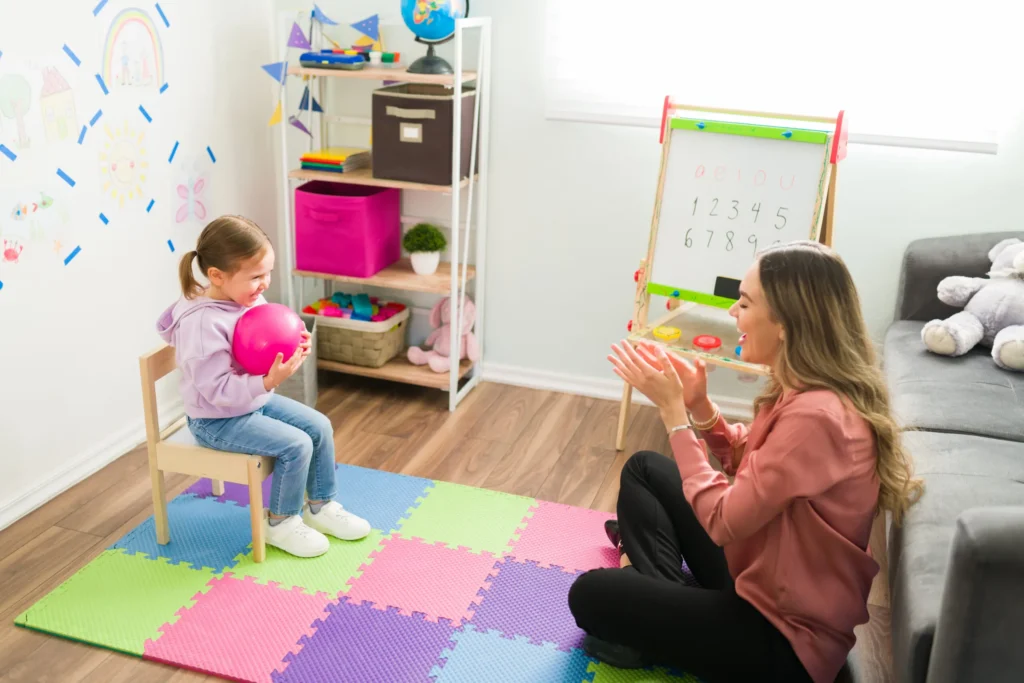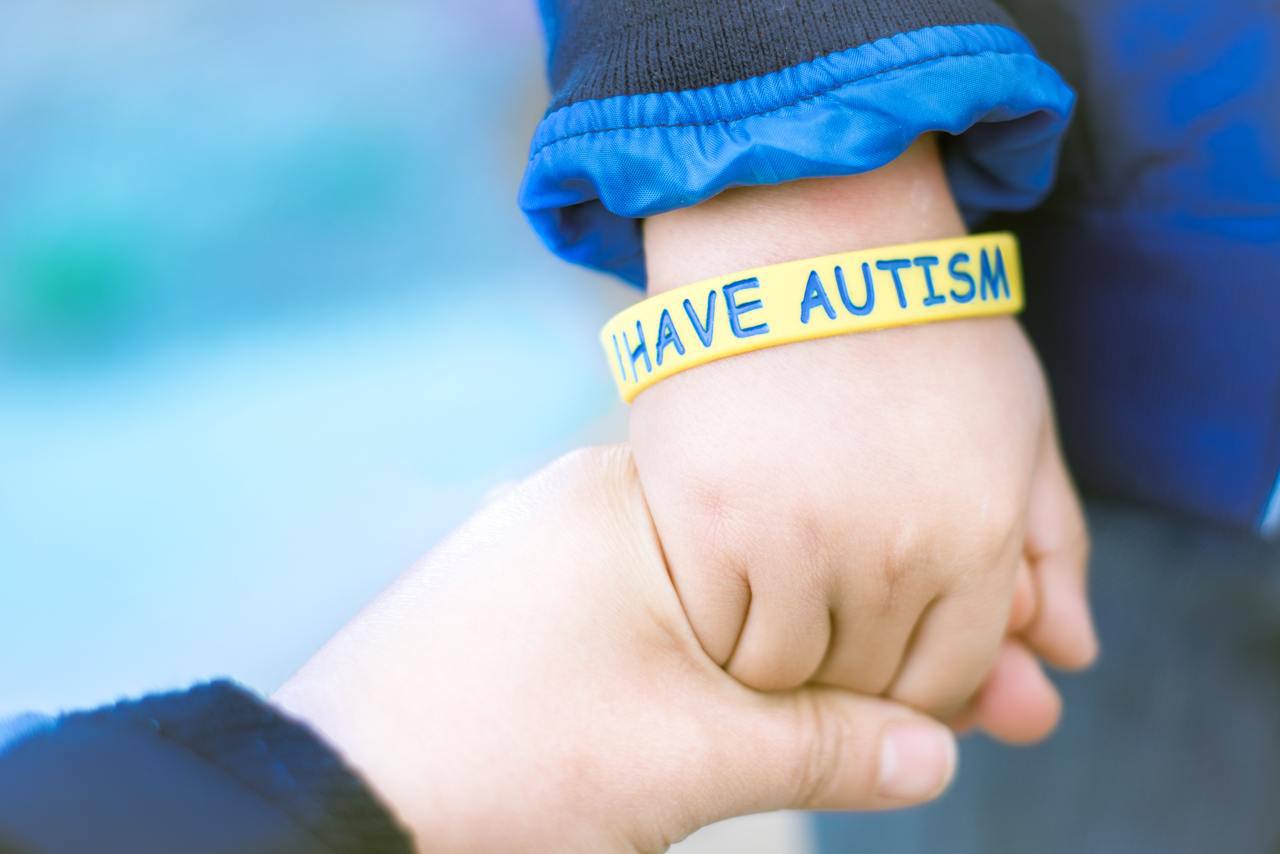Every child has tough moments—meltdowns at the store, clinginess, or resistance to bedtime. Most of the time, these are just typical parts of growing up. But sometimes, what looks like a normal tantrum could be signaling something more.
At Bloom ABA Center, we help parents in Fairfax and surrounding areas understand the difference between everyday behaviors and early red flags for developmental delays or autism spectrum disorder (ASD). Many of the families we work with tell us they “weren’t sure what to look for” until someone helped them see the patterns.
Here are five subtle behaviors that may be worth a closer look:
1. Repeating Phrases Without Context (Echolalia)
If your child repeats lines from a show or echoes phrases they’ve heard, it might seem cute or funny at first. But if this repetition doesn’t come with meaningful communication—and your child struggles to answer questions or initiate conversation—it may indicate a delay in expressive language development (Lord et al., 2018). This type of speech, known as echolalia, can be an early marker of autism.
2. Avoiding Eye Contact
Some children naturally take a while to warm up in social situations. However, a consistent lack of eye contact—especially during play, greetings, or while being spoken to—can signal difficulty with social connection or awareness. Eye contact is one of the earliest ways children bond and respond to others, and delays in this area are often one of the first signs of ASD (CDC, 2022).

3. Lining Up Toys or Obsessive Arranging
Organizing toys into perfect rows or repeating exact patterns over and over again might appear harmless or even advanced. But when this behavior becomes rigid, and your child struggles to shift gears or engage in more imaginative play, it could reflect repetitive behavior patterns commonly associated with autism.
4. Not Responding to Their Name
If your child doesn’t turn when you call them—especially after several attempts—it may not be a hearing issue. It could be a sign that they’re missing social cues or have difficulty with receptive communication (Dawson et al., 2010). This behavior is subtle but significant, as it relates to how your child connects with people around them.
5. Intense Reactions to Small Changes
Many young children prefer routines, but extreme meltdowns in response to minor changes (like taking a different route home or using a new cup) may signal more than typical toddler resistance. Difficulty with flexibility and transitions is a common characteristic in children with autism and can become more disruptive over time if not supported.
What Parents Often Overlook
Sometimes red flags are hidden in plain sight. Families often share stories like:
“They were always very focused and quiet—I didn’t realize they weren’t really engaging.”
“He spoke early, but didn’t use language in a back-and-forth way.”
Developmental delays don’t always mean a child is falling behind in every area. Many children on the autism spectrum have uneven skill profiles—excelling in some areas while struggling in others. Paying attention to how your child interacts, not just what they do, can offer key insights.
When to Take Action
You don’t need to panic—but you also don’t need to wait.
Research shows that early intervention can significantly improve communication, behavior, and quality of life (National Research Council, 2001). The sooner we understand your child’s needs, the sooner we can help support their strengths.

How ABA Therapy Can Help
ABA therapy—especially when started early—offers structured support to help children:
- Build functional communication
- Improve social skills and play
- Reduce challenging behaviors through positive reinforcement
- Navigate transitions and new situations with more confidence
- Learn emotional regulation and coping strategies
At Bloom ABA Center, our BCBAs create customized therapy plans based on your child’s individual profile—not a checklist. Therapy happens in real-life settings, with trained professionals guiding your child through fun, meaningful activities that encourage growth and confidence.
You Know Your Child Best
If something feels off, trust your instincts. Asking questions doesn’t mean something is wrong—it means you’re paying attention. You don’t need a diagnosis to speak with us, and you won’t be dismissed or judged for seeking answers.
Start Early. Start Strong
At Bloom ABA Center, we offer free consultations to help families explore concerns and create a path forward. Whether it’s a tantrum or something deeper, we’re here to support your child’s journey—with clarity, care, and no waitlist.
Why Families Choose Bloom
Bloom ABA Center offers both in-home ABA therapy and also center-based ABA therapy, designed to meet each child’s needs in the environment where they learn best. We proudly serve families with no waitlists, accept most Medicaid plans, and provide care supervised by BCBAs with 15+ years of experience. Whether your child is just beginning services or transitioning from another provider, we make starting therapy simple, supportive, and accessible.
Bloom ABA Center – In-Home and Center-Based ABA Therapy in Fairfax, VA and Northern Virginia
Disclaimer: This article is for informational purposes only and does not constitute medical, diagnostic, or legal advice. Please consult with licensed professionals for personalized recommendations.
References
Centers for Disease Control and Prevention. (2022). Signs and symptoms of autism spectrum disorder. https://www.cdc.gov/ncbddd/autism/signs.html
Dawson, G., Rogers, S., Munson, J., Smith, M., Winter, J., Greenson, J., … & Varley, J. (2010). Randomized, controlled trial of an intervention for toddlers with autism: the Early Start Denver Model. Pediatrics, 125(1), e17-e23.
Lord, C., Elsabbagh, M., Baird, G., & Veenstra-VanderWeele, J. (2018). Autism spectrum disorder. The Lancet, 392(10146), 508-520.National Research Council. (2001). Educating children with autism. National Academy Press.









submit a comment